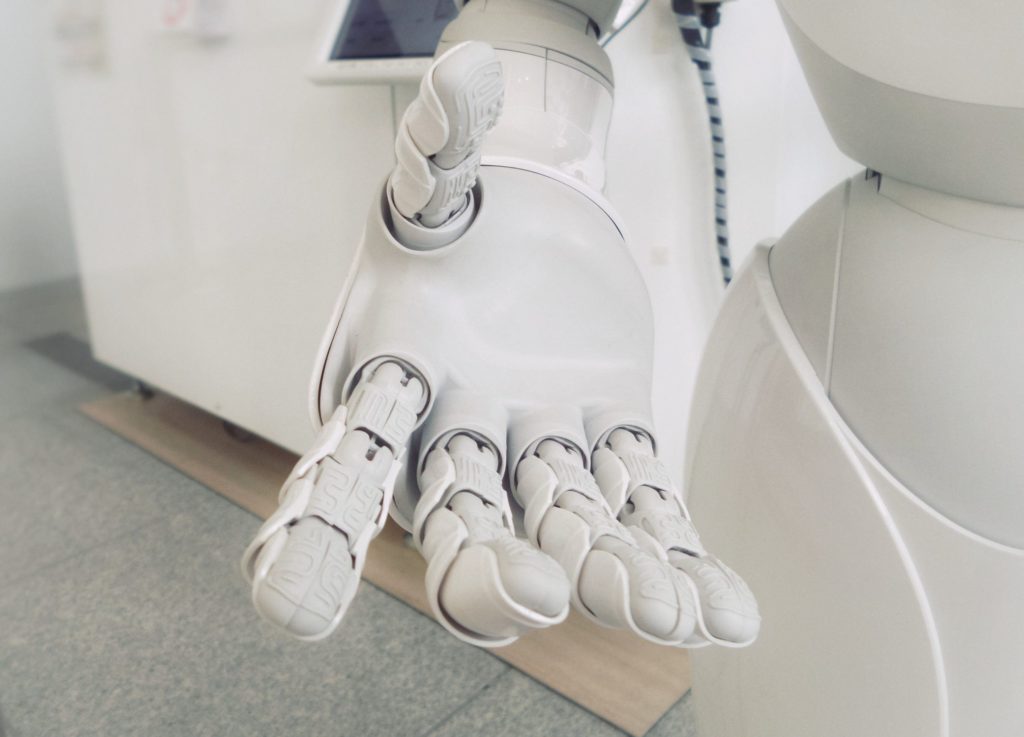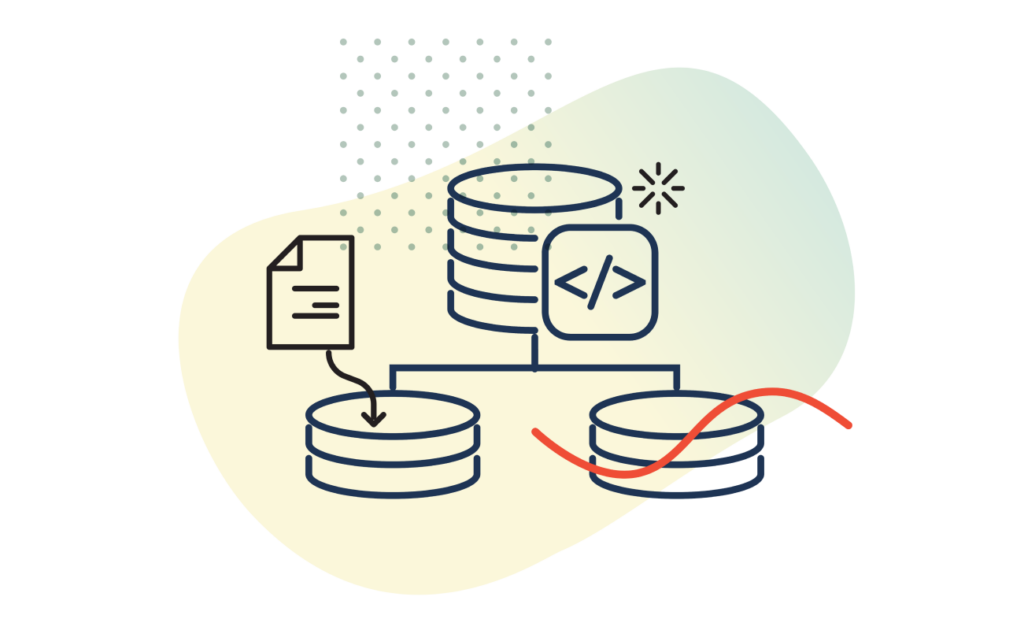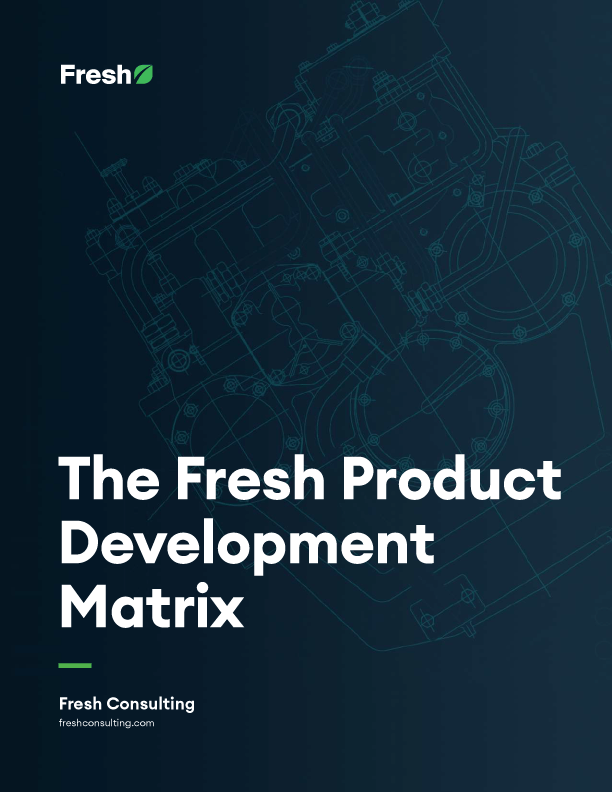Article
Why Planning for an Autonomous Workplace Matters

Robot technology is now sophisticated enough to allow companies to fully or partially automate many of their routine tasks.
As a result, developers, engineers, and managers have to start thinking about which different strengths and weaknesses robot and human workers bring. As robots integrate into more workplaces in the future, companies must revisit how to delegate tasks to the right individuals because both robots and humans excel in different areas.
As we think about an integrated future, this knowledge will help us work most efficiently with collaborative robots to bring about several advantages in the next frontier of automation.
Robots Reduce Workload and Increase Productivity
As robots take on more tasks, more can be done with less staff. Employees will be able to make the most of their time by automating routine processes. And since robots can accomplish repetitive tasks quickly and work continuously, output increases. There are many areas where human workers struggle and robots thrive. Creating processes to automate these tasks makes for a smarter workforce.
Automation Allows Humans to Excel Creatively
Automation frees us to explore higher levels of creativity and critical thinking, which are our strongest assets as humans.
Robots Improve Efficiency and Safety
Using robots eliminates sources of human error, especially when it comes to precision and linear tasks. The range of work robots can do in a variety of climates and conditions prevents humans from working in many dangerous situations.
This post assesses the pros and cons of humans and robots as workers, offering insights into key industries and tasks where automation processes might be useful.
Why Human Beings are Irreplaceable
So far, humans have been the primary player in the workforce. As a result, business leaders are used to considering human skills and talents when planning for workflows, logistics, and other operational business processes.
While humans in the workforce are essential and often irreplaceable, it’s easy to forget that advances in automation, AI, and machine learning have made it possible to consider other routes to task completion. Knowing this, savvy managers can strategically implement robots to complement their human coworkers.
An Integrated Workplace Is On Its Way
More companies are starting to understand the various ways robots can be used in their business processes. In order to remain competitive, other businesses should think strategically about automation as well. Boeing, for example, used robots to build their 777 planes to shorten long working hours and reduce staff injuries. In academia, Princeton’s new TIGER supercomputer enables researchers to conduct some of the most advanced climate research models in recent years.
In another lab, robots are even being outfitted with skin made of sensors that prevent the robot’s six-axis arm from colliding with other objects. These advancements are not only exciting for the future of robotics, but also for the ways they will make our professional lives easier and safer.
While the possibilities for automation are exciting, developers and engineers first have to understand the full strengths and limitations of robots and humans.
Elon Musk recently acknowledged this on April 3, 2018, when he said, “Yes, excessive automation at Tesla was a mistake. To be precise, my mistake. Humans are underrated.” The most successful workplaces of the future will likely be integrated and collaborative, building on our strengths and supplementing them.
Wrap Up
Despite worries about automated systems replacing human workers altogether, future workplaces will likely contain a healthy mix of both humans and robots. It won’t become one or the other, but rather a mutually beneficial relationship where both parties enhance the work of the other.
The winners in this space will be the companies who can find the perfect combination of human and automated work. And in order to do that, humans and robots will need to learn to work effectively side by side.









